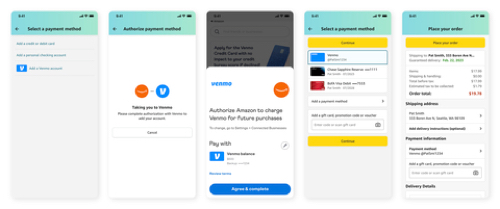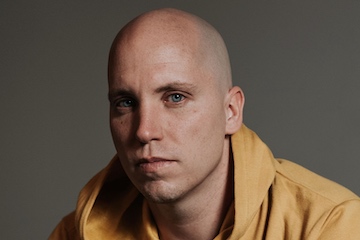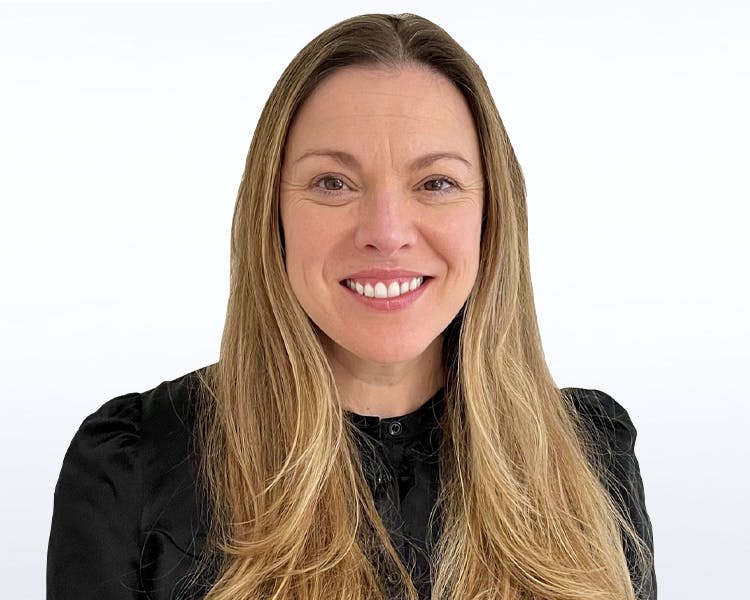More recently, YouTube creators were worried that Google would let its contract with Roku expire, reducing views, ads, and income for many channels.

Businesses, too, experience suspensions. And, the fact that YouTube and other platforms have content restrictions and often remove individual posts confirms social is not “owned” media in the normal sense.
| Media | Content | Audience | Distribution |
|---|---|---|---|
| Paid | Your business creates the content, ad, or promotion. | A third party developed the audience | A third party controls the distribution of your content. |
| Earned | A customer, company, or journalist creates the content. | The customer or journalist developed the audience. | The customer or journalist controls or influences the distribution. |
| Shared | Your business creates the content or promotion. | Your business and a third party co-developed the audience. | A third party controls the distribution of your content. |
| Owned | Your business creates the content or promotion. | Your business developed the audience. | Your business controls the distribution of your content. |
PESO vs. PEO
For example, in 2019, many YouTube creators complained that the platform’s efforts to comply with the U.S. Children’s Online Privacy Protection Act unfairly impacted creator income. YouTube could limit advertising and, therefore, revenue sharing on any content it deemed “made for children” regardless of what the content creator intended.
As evidence that businesses don’t own their social media channels, consider account suspensions.
By organizing tactics into paid, earned, shared, and owned media, you better understand who creates the promotions, who owns the audience for the promotions, and who controls the distribution.
Point of Distinction
When marketers apply the PESO model, it is important to consider the content, the audience, and the distribution. These three points differentiate the media channels and help identify how content and ads work together.
Organizing marketing media into paid, earned, shared, and owned provides an understanding of who creates the promotions, owns the audience, and controls the distribution.
A final rationale against classifying social platforms in the “owned” category is that they can wane in popularity. MySpace and the now-defunct Friendster were significant Facebook competitors at their respective peaks. No more.
One could argue that reducing PESO to PEO still achieves the goal of helping folks think about communication strategies. But it’s a mistake to assume any company owns its social media content. And it’s harmful if it means a company overemphasizes a channel beyond its control.

Ecommerce marketing decisions are difficult. Advertising, search engine optimization, social media, content marketing — all involve communicating a message to an audience. But depending on the channel, the marketer may not control the message, its distribution, or even the audience.
Social media platforms can remove individual posts. This is common for YouTube creators, for example.
Account Suspensions
When a YouTube creator critiques content, it is common for the critiqued party to file a copyright complaint, instantly suspending the critique and forcing the creator to work through an arbitration process.
As the table above shows, “your business creates” the content for owned media and shared media. In both cases, “your business” worked to develop the audience. But your business does not control what social media platforms do with the content, and, despite growing followers, the business cannot take or easily transfer that audience to other channels.
That control is the key difference, and it’s why social is not “owned” media.
Content Removal
All social media platforms reserve the right to suspend, block, or remove accounts. Particular policies will differ, but any business could post mounds of great content, build thousands of followers, and suddenly lose access to the account, the content, and the audience.
Creators and the so-called creator economy also demonstrate that social is not something businesses or individuals can “own.”
Nothing guarantees that Facebook, Instagram, or any other social site will survive the next five or 10 years. Some legislative bodies and Web3 advocates seek to break up and replace these platforms.
Creator Economy
When companies start to think that they own social media content and audiences in the same sense that they own a blog or an email list, they risk losing control over content and customer relationships.
In 2017 I wrote, “Shared media describes content your business creates that is distributed to an audience your business developed via a platform that someone else owns or controls.”
Creators often encourage their audiences to sign up for email newsletters or communities to counter this problem. If they want to grow their income, creators must break out of the platform. Hence another example of why social media is never “owned.”
Thus a model of classifying media channels can help marketers think about communications in an integrated way. One such model is PESO — paid, earned, shared, owned.
This happens daily to small businesses.
MySpace
While creators can monetize their content on a given channel, they don’t own their audience or the distribution of their content. YouTube does. Or TikTok does. Or Instagram does, and so on.
However, some social-minded marketers disagree, favoring three media distinctions over PESO’s four and lumping shared media platforms — e.g., Facebook, Twitter, Instagram, YouTube, TikTok — into the “owned” category.
Not Owned
Social media platforms are an important part of “shared” integrated marketing.
The PESO model aims to help marketers think about communications in an integrated way, to use all four channels appropriately.
Social media is most certainly an important part of the mix, but a company’s content should ultimately have a home on its website(s). The customer relationship should be direct, not via a proxy such as Facebook or TikTok.






